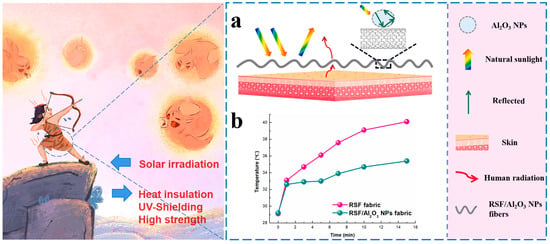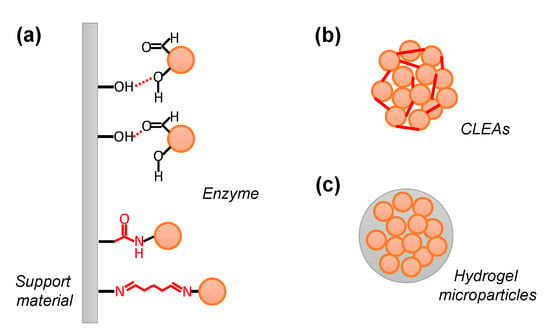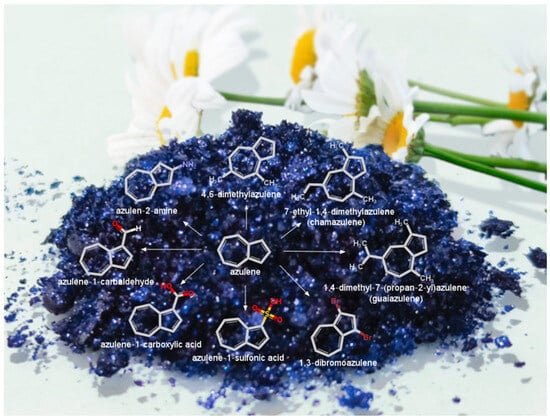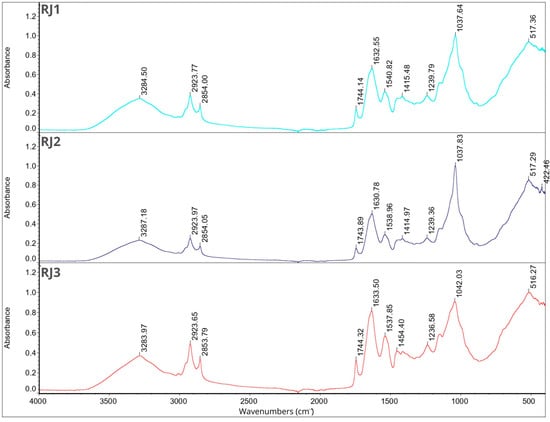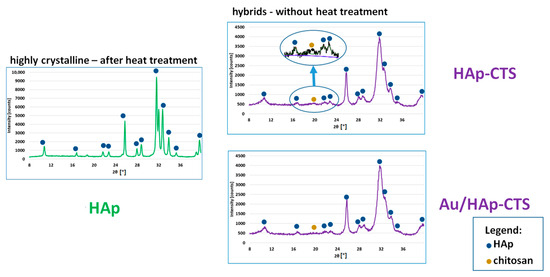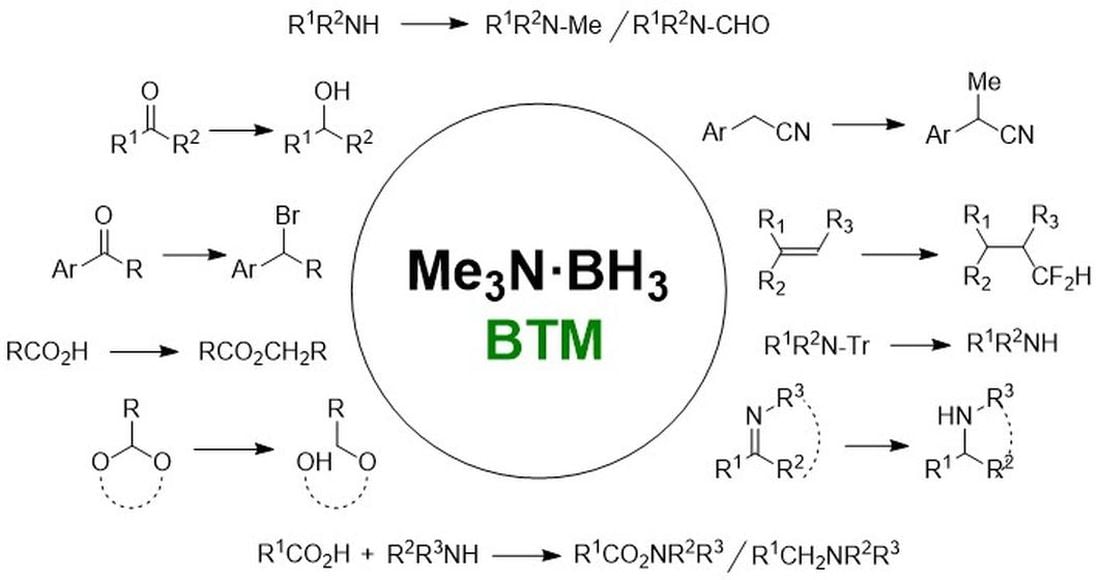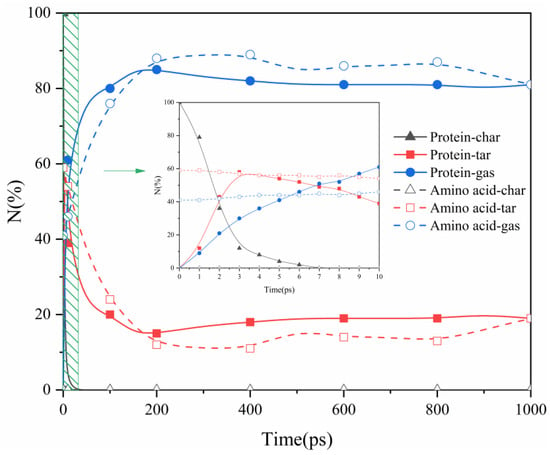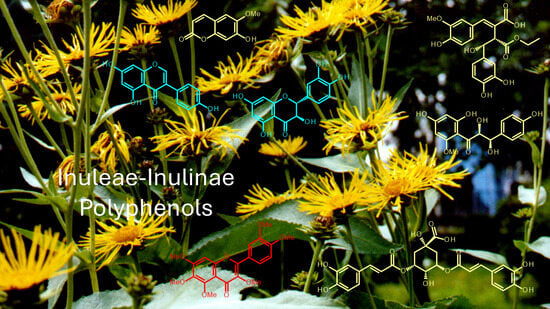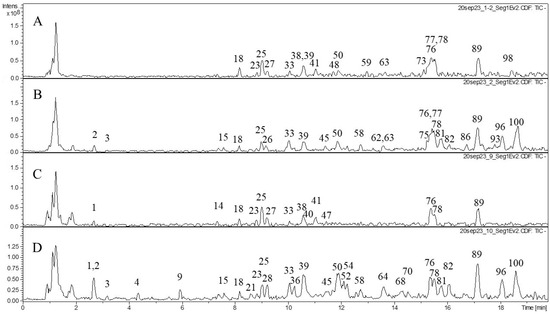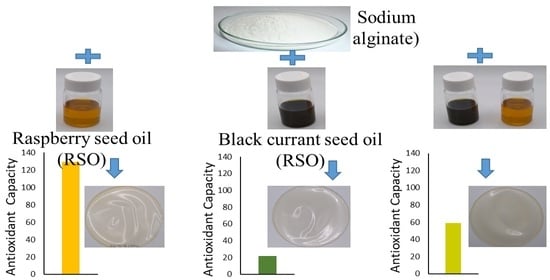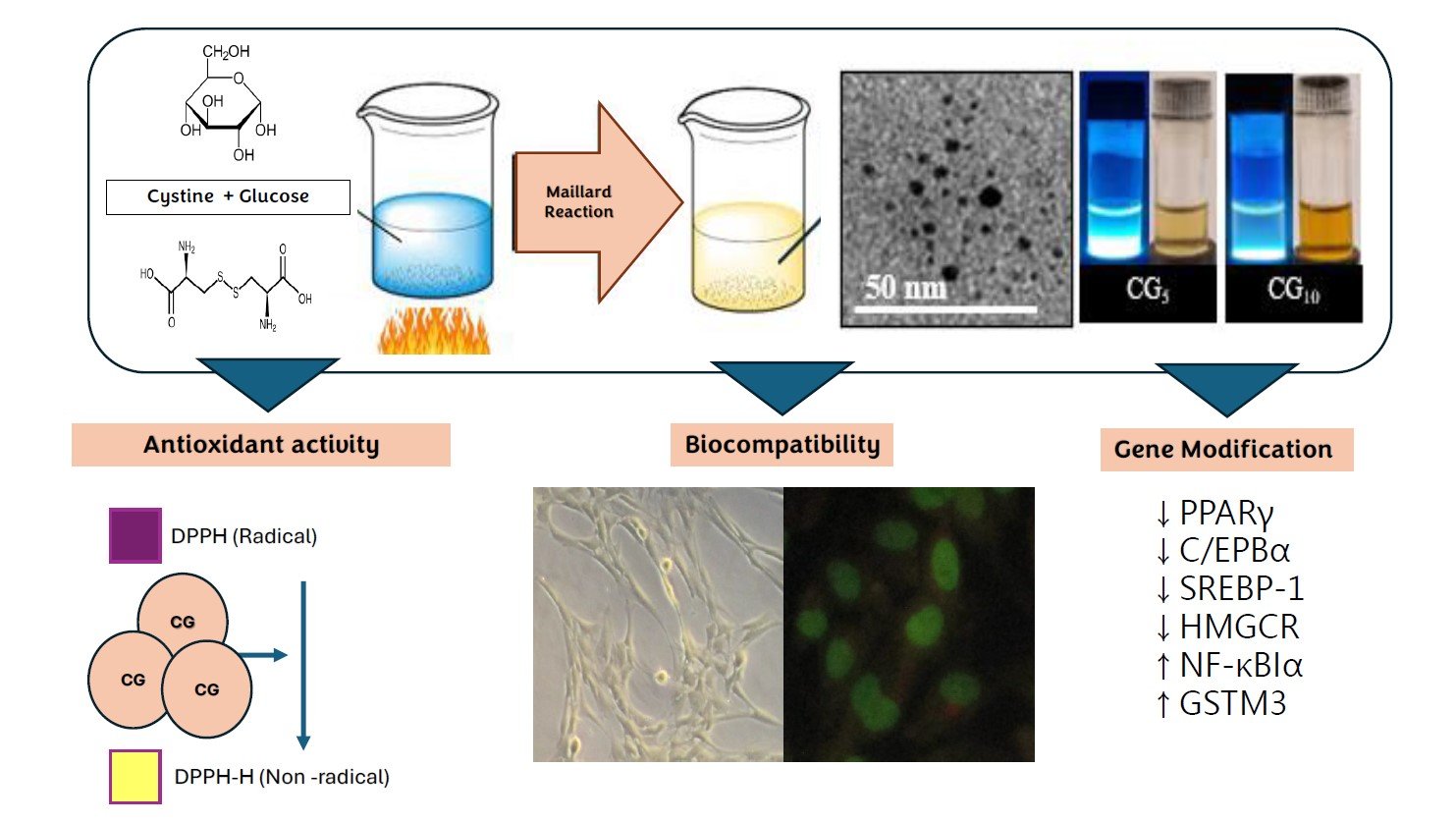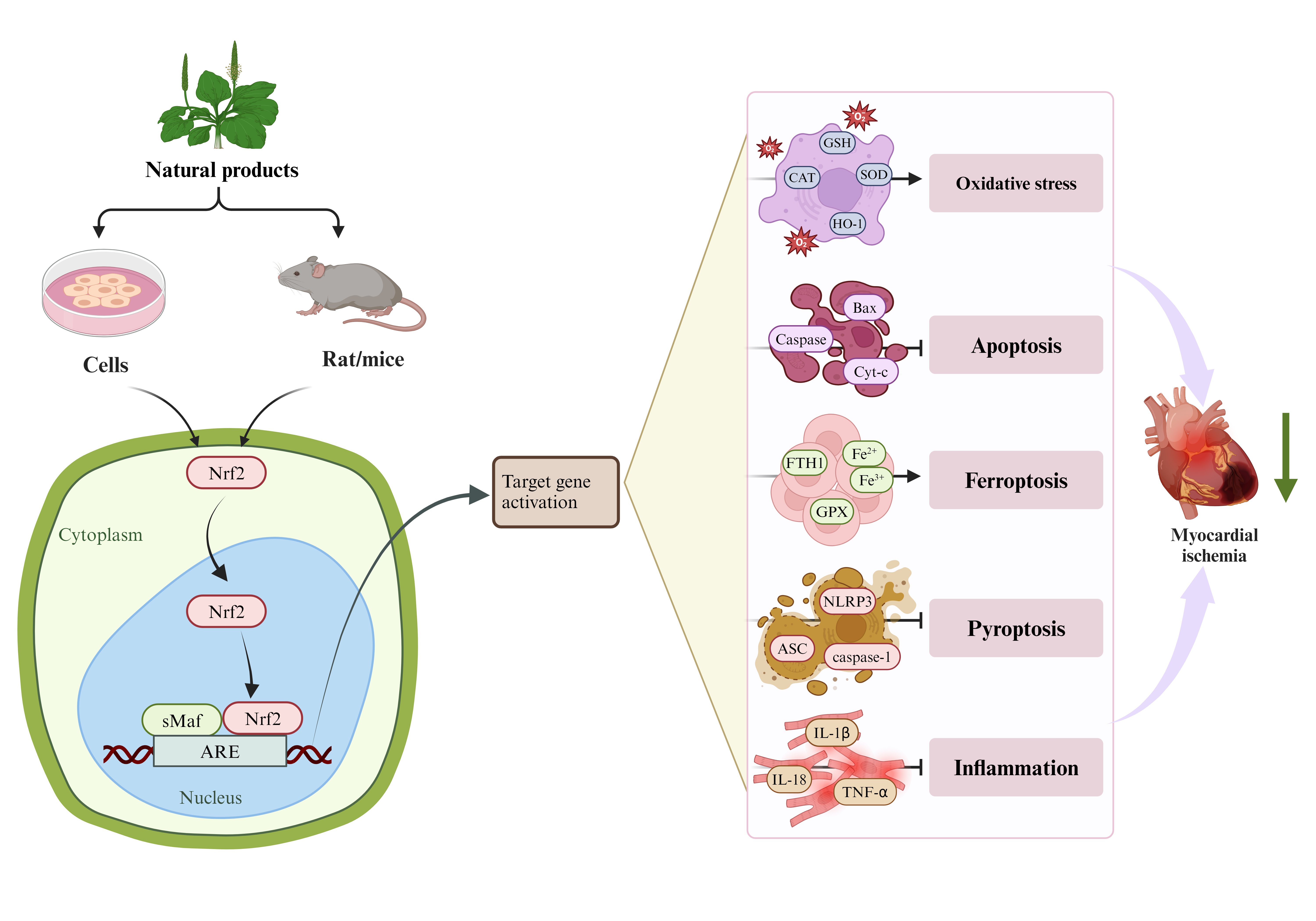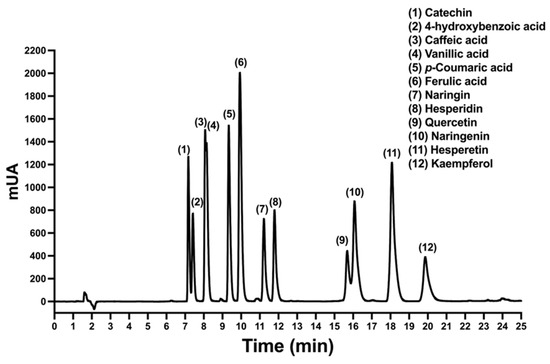-
 Membrane-Disruptive Effects of Fatty Acid and Monoglyceride Mitigants on E. coli Bacteria-Derived Tethered Lipid Bilayers
Membrane-Disruptive Effects of Fatty Acid and Monoglyceride Mitigants on E. coli Bacteria-Derived Tethered Lipid Bilayers -
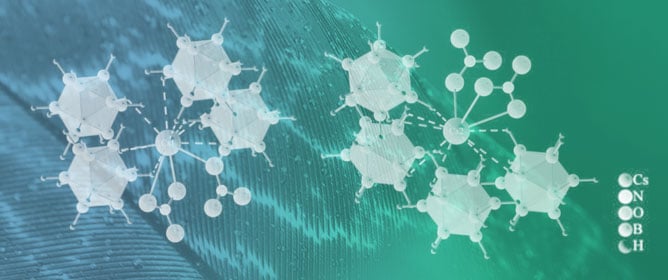 Synthesis and Characterization of First High-Energy Anti-Perovskite Compounds by Hydro-Closo-Borate and Oxo-Anions
Synthesis and Characterization of First High-Energy Anti-Perovskite Compounds by Hydro-Closo-Borate and Oxo-Anions -
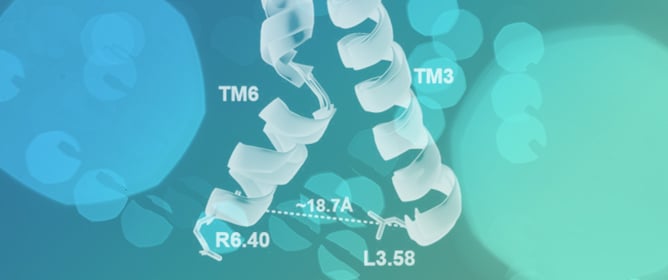 Mechanisms of Peptide Binding and Deactivation of Adhesion GPCR
Mechanisms of Peptide Binding and Deactivation of Adhesion GPCR -
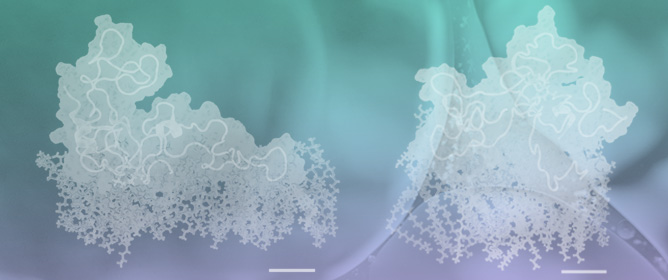 Multiscale Modeling of Macromolecular Interactions between Tau-Amylin Oligomers and Asymmetric Lipid Nanodomains That Link Alzheimer’s and Diabetic Diseases
Multiscale Modeling of Macromolecular Interactions between Tau-Amylin Oligomers and Asymmetric Lipid Nanodomains That Link Alzheimer’s and Diabetic Diseases -
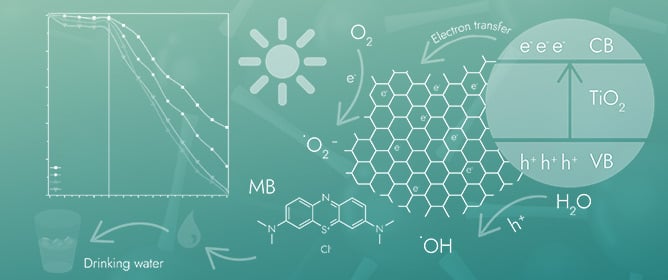 Synergistic Remediation of Organic Dye by Titanium Dioxide/Reduced Graphene Oxide Nanocomposite
Synergistic Remediation of Organic Dye by Titanium Dioxide/Reduced Graphene Oxide Nanocomposite
Journal Description
Molecules
- Open Access— free for readers, with article processing charges (APC) paid by authors or their institutions.
- High Visibility: indexed within Scopus, SCIE (Web of Science), PubMed, MEDLINE, PMC, Reaxys, CaPlus / SciFinder, MarinLit, AGRIS, and other databases.
- Journal Rank: JCR - Q2 (Chemistry, Multidisciplinary) / CiteScore - Q1 (Chemistry (miscellaneous))
- Rapid Publication: manuscripts are peer-reviewed and a first decision is provided to authors approximately 14.6 days after submission; acceptance to publication is undertaken in 2.7 days (median values for papers published in this journal in the second half of 2023).
- Recognition of Reviewers: reviewers who provide timely, thorough peer-review reports receive vouchers entitling them to a discount on the APC of their next publication in any MDPI journal, in appreciation of the work done.
- Sections: published in 26 topical sections.
- Testimonials: See what our editors and authors say about Molecules.
- Companion journals for Molecules include: Foundations and Photochem.
Latest Articles
E-Mail Alert
News
Meet Us at the 18th International Symposium on Macrocyclic and Supramolecular Chemistry, 6–10 May 2024, Hangzhou, China
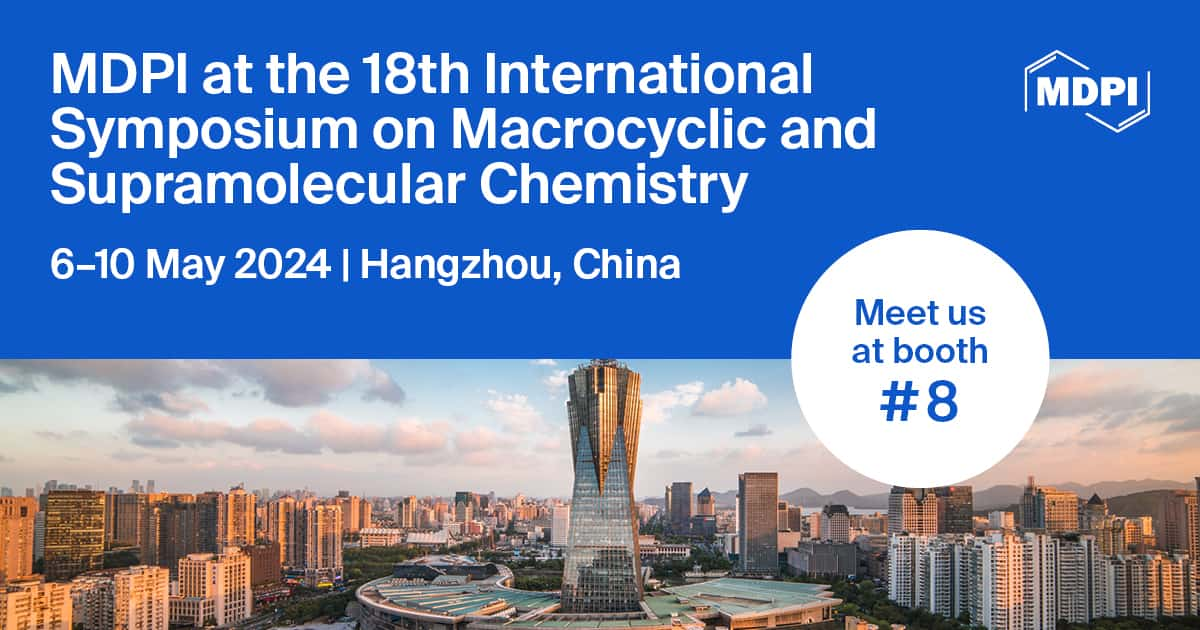
Topics
Deadline: 30 April 2024
Deadline: 15 May 2024
Deadline: 31 May 2024
Deadline: 30 June 2024
Conferences
Special Issues
Deadline: 30 April 2024
Deadline: 15 May 2024
Deadline: 31 May 2024
Deadline: 16 June 2024




